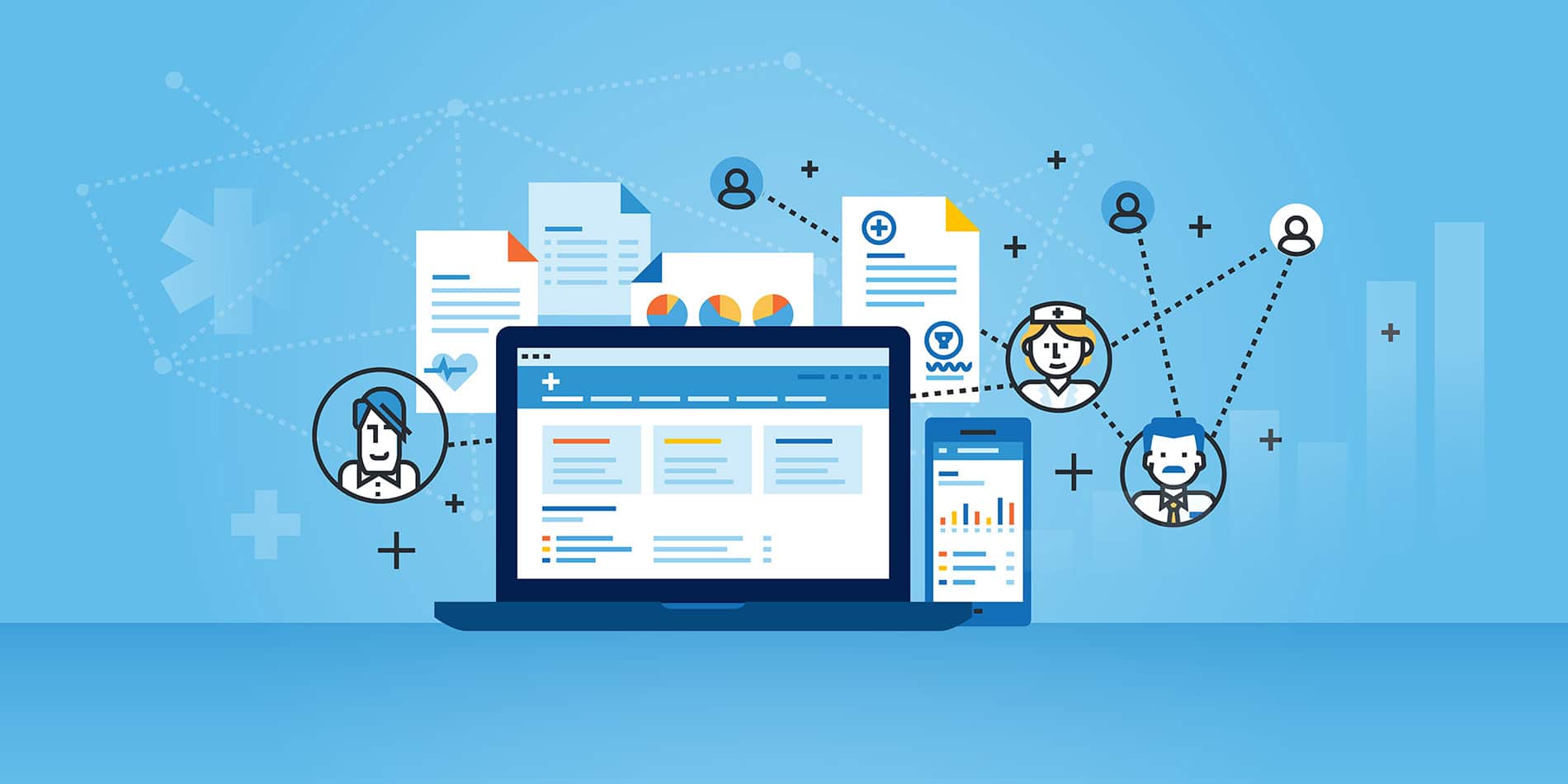Searching for an Out-Of-The-Box ITSM Solution? Look for These Features

When you think about IT Service Management (ITSM) what comes to mind first – the practice/framework you follow or the tool you use?
Often we hear prospective customers say, “I don’t want to be pressured into a strict ITIL framework,” and then the other half of the room says, ‘But will this solution adhere strictly to the ITIL framework?”
Out-of-the-box ITSM solutions should do both. For those who are interested in adhering to ITIL best practices, you can find an out-of-the-box solution that allows for this. And for those who want to take a hybrid approach or are simply not ready for ITIL, there needs to be the ability to configure the solution to meet this need.
Out-of-the-box does not have to mean you are limited to ridged setups and functionality. Instead, look for an ITSM tool that is highly configurable and allows you to grow into the framework of your choosing, or to jump straight in and adopt that framework on day one.
The key to success for any IT organization is to find an ITSM tool that is easy to use, own and operate – one that can scale to your needs.
So, the question remains, how do you find the right ITSM platform? Here are a few things to look for when evaluating vendors:
- Are you able to create custom ticket types and workflows?
- Can you set up incidents and problems separately?
- Can you tailor the user portal to your brand and specific data?
- Can users create a custom desktop?
- How easy is it to create reports and dashboards?
- Are you able to import data and export data?
The right ITSM tool should allow you to support your desired approach without any coding or scripting. By investing in a no-code/low-code tool you can alleviate resource drain and, down the road, empower technical resources across the organization to use your ITSM tool for Enterprise Service Management (ESM) within their own departments.
In addition to the questions above, here are some key features you should be looking for in an out-of-the-box ITSM solution:
- Incident and problem tracking: Each of these needs your attention, and when you run a service desk you need to have fast routing, the ability to group tickets and a great communication platform.
- Service portal and knowledge base: According to HDI, a support call costs $22 compared to self-service, which is just $2 per incident. Self-service can help cut down on ticket volume and save your business money.
- Workflow automation: Teams need to focus their efforts on the highest priorities, and automation reduces time spent on mundane, manual or error-prone activities.
- Asset management and discovery: Identify and track assets, plan for changes and respond to issues with an understanding of CI configuration history, blackout and maintenance windows and impact maps.
- Change management: Roughly 80% of all issues reported to IT are the result of poor change and release management, so properly organizing and managing the plans, execution, and communication will help enable new functionality and maintain the continuity of existing services.
- Dashboards and reports: Great ITSM dashboards and reports provide the key metrics you need to make confident decisions by identifying issues before they become larger problems, supporting key meetings, profiling trends and communicating the value IT provides to your entire organization.
- Conversational AI Chat: Investment in an ITSM tool with conversational AI can help drive self-service adoption and, in turn, help drive down support costs and resource drain.
Supercharge Your Service Management with Integration and Automation
Adding an integration and automation layer to your ITSM/Enterprise Service Management tool is another great way to free up resources and boost efficiencies.
By investing in smart service management for your organization, you’re investing in service management that connects the entire enterprise and allows everyone to interact in real time, supercharged by iPaaS (integration platform as a service). iPaaS allows you to automate tasks, both simple and complex, as well as connect disparate systems throughout your organization – all through a codeless platform, meaning anyone can use it.
Here are just a few ways iPaaS can reduce IT resource drain:
- Facilitate enterprise integration by using a single hub with pre-built connectors to systems that you use every day as well as a connector concierge for the creation of specific connectors. (Imagine being able to automatically change a username, add someone to a distribution group, or onboard/offboard an employee)
- Expedite the creation of automation and workflows with a visual flow builder (codeless) that is easy to use, own and operate; reduce IT backlog of integration and workflow requests.
- Optimize resources across IT to allow for improved output and a higher level of service delivery to your internal and external customers by removing redundant data entry and manual processing.
- Reduce API risk with a single connectivity platform that will offer increased oversight and control.
Does your ITSM solution look more like a pile of random parts? You can download this free white paper from CIO.com and TeamDynamix, which explores industry best practices and the five pillars of ITSM maturity.
Want to hear from organizations that are transforming their IT with ITSM? Check out ITSM Roundup: 5 TeamDynamix Customers Share Their Stories.
This post was originally published in June 2019 and has been updated with new information.